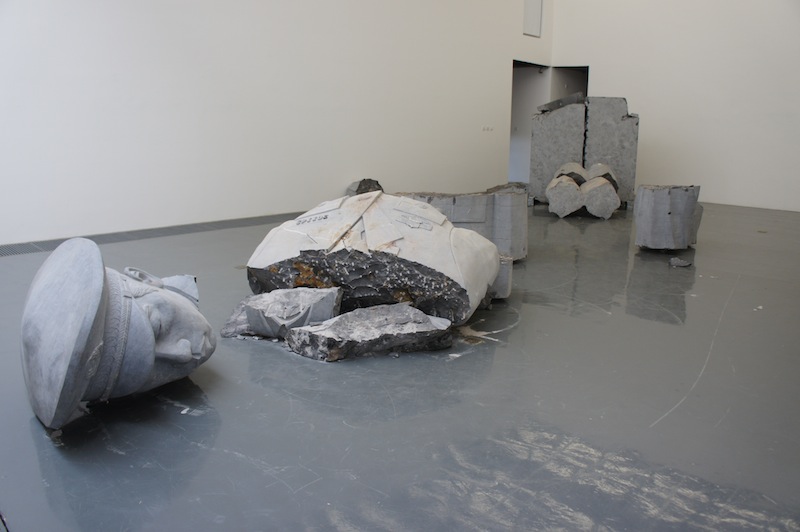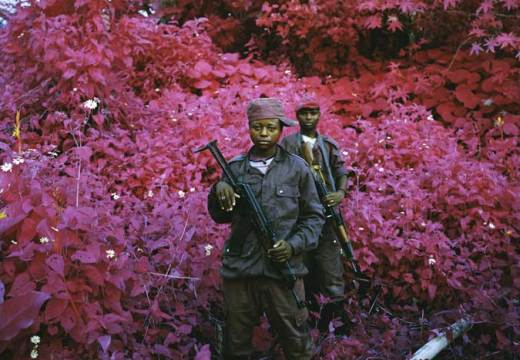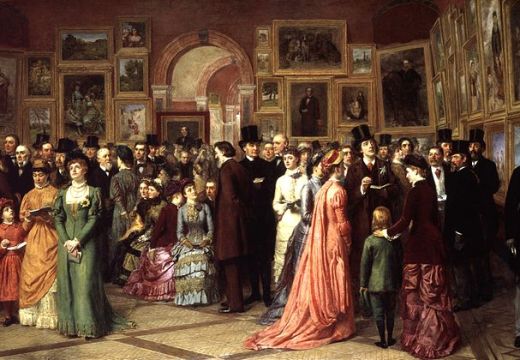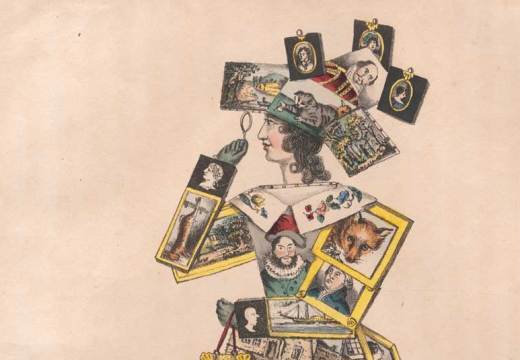Every so often there is an indexical change in the art world. In 2013, in China, the impact of such a transition began to make itself clear. It began around 2010 as a generation of young artists who were born in the 1980s suddenly began to mature, marked by a distinct shift in attitudes towards art in general, as both practice and product. The work is refreshing, diverse, lively and often provocatively clever. It has shed the burden of kitsch and the banal pastiche of ideological iconography. The gestures at work here are clear in intent, even if what is intended is not to everyone’s taste.
This degree of freshness may prove relative, but in the period since 2010 it has been accentuated by two things: a large volume of boring, generic art put out by the swelling ranks of artists in China overall, and the stagnation of careers in the pioneering generation of artists born in the 1950s and early 1960s. Of course, this is a generalisation, yet – reflecting the speed at which an independent art world has evolved in China – in the last decade the new generation of artists that has emerged indicates that mindsets have changed dramatically. The work has already sloughed off the kind of ‘China’ characteristics that marked – marred, some argue – the art of the 1990s.
Click here to buy the May issue of Apollo
The accent today is on process. This is quite distinct from the mindset of members of the older generations who, with leaders such as Zhang Peili, Gu Dexin, Geng Jianyi aside, perceived art as a means through which artists produced a finished artwork. It is not my intention in the As Seen series of books I have compiled, however, to promote young artists per se, certainly not over established ones. Too many critics and curators equate ‘new’ in terms of art with young artists just because they are young; very often the freshness they are deemed to possess proves fleeting. Yet, China’s younger generation lays claim to some of the most creative minds at work today; figures such as Li Ran, Liang Shuo, Wang Sishun, Jin Shan, and Fang Lu. There are others, such as Li Binyuan, Zhao Zhao, Double Fly or Yu Honglei, for whom attitude functions as the materiality of the work, a realisation that has liberated them to push expression in dynamic directions. These artists are contributing to the formation of a mature, properly modern, local cultural identity, one that is not pegged to ‘3,000 years of unbroken civilisation’. Generally speaking, China today lacks a critically constructive intellectual bedrock, and instead sits on a fragile foundation that poses a greater threat to the future than censorship or government interference.
The process of putting a book together, as curating an exhibition, filters choices. Take the subtitle for the As Seen series: ‘Notable Artworks by Chinese Artists’. Here, the term ‘notable’ allowed works by older artists such as Wang Jianwei, Xu Bing, Geng Jianyi, and Gu Dexin to sit very comfortably alongside those of younger and emerging artists such as Liu Wei, Museum of Unknown, Wang Sishun, Hu Xiangqian and Pei Li. However, the works that filtered through to the selection for the first two editions of As Seen represent a small portion of the large volume on public display in China. The blind spot here, to my thinking, is the lack of a context in which one work is described as appearing to be better than another. Readers in China may be aware of what has been excluded from the selection, but unfortunately for the majority of readers that larger portion was concealed from sight.
Without the context of works deemed not notable, the equilibrium is lost and the book becomes just another collection of flattering hyperbole – a characteristic towards which the art world is just a little too well disposed. This, together with a shift in the goals of young and emerging artists, prompted me to change the focus from notable artworks to notable ideas. From the first, As Seen was conceived as an attempt to track the pulse of the art world. Ideas make artworks, but they also make the art world move, thus As Seen responds to variations in the pulse with a new approach and selection of artists.
Karen Smith is a writer and art historian based in Beijing. As Seen 3 will be published by Post-Wave Publishing (Beijing) Co. Ltd later this year.
Click here to buy the May issue of Apollo
Related articles
Art Basel in Hong Kong: May Apollo (Ben Luke)
Gallery: Highlights from Art Basel in Hong Kong
Unlimited access from just $16 every 3 months
Subscribe to get unlimited and exclusive access to the top art stories, interviews and exhibition reviews.














![Masterpiece [Re]discovery 2022. Photo: Ben Fisher Photography, courtesy of Masterpiece London](http://www.apollo-magazine.com/wp-content/uploads/2022/07/MPL2022_4263.jpg)
Why are fathers so absent from art history?